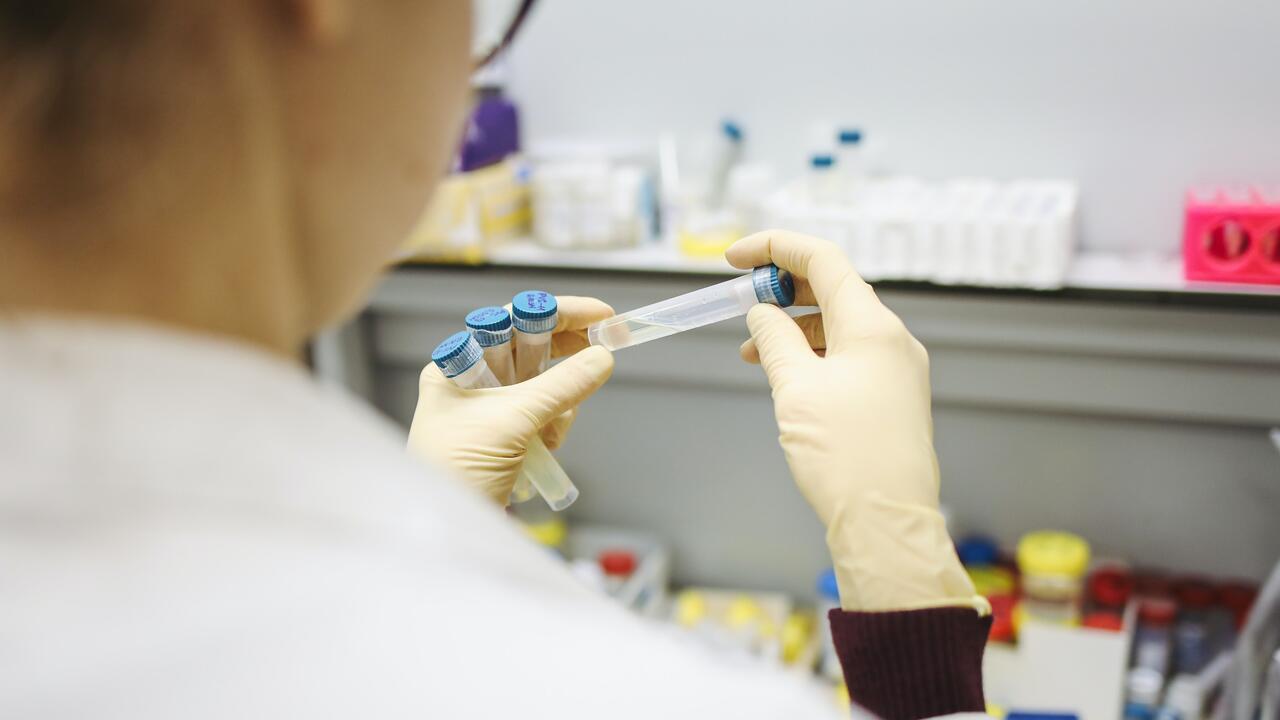Men who have sex with men (GbMSM) and who get tested at least once annually on average could help prevent a rise in bacterial sexually transmitted infections (STIs), according to a new study.
This research builds on earlier work that found that the introduction of pre-exposure prophylaxis (PrEP), which is highly effective in reducing HIV infection risk, has led to a change in the behaviour of its users, such as reduced condom usage. PrEP is a medication taken daily to reduce the risk of HIV infection. The change in behaviour following PrEP has led to an increase in the rate of infection for gonorrhea in the GbMSM population.
“GbMSM on PrEP are already tested every three months for STIs, so more frequent testing may reduce adherence to PrEP,” said Chris Bauch, a professor in the University of Waterloo’s Department of Applied Mathematics, and senior author of the paper. “Therefore, it’s important for the general GbMSM population to get tested once every year on average to mitigate spikes in bacterial STIs.”
In undertaking the study, Bauch and Joe Pharaon, a PhD candidate in Waterloo’s Faculty of Mathematics, developed a compartmental model of the transmission of HIV and gonorrhea and the impacts of PrEP, condom usage, the frequency of STI testing, and potential changes in behaviour stemming from the introduction of PrEP in a population of GbMSM.
The model revealed that an increase in testing frequency for the GbMSM population causes a decrease in gonorrhea prevalence in that group. It also showed that an increase in behaviour that increases the risk of STI infection, such as reduced condom usage, causes a significant rise in gonorrhea prevalence. A decline in condom usage is sufficient to cause an almost 13-fold increase in STIs’ transmission rate, causing an increase in the prevalence of gonorrhea by about 60 per cent.
“If bacterial STIs are caught early, they can easily be cured and only lead to complications if they’re not diagnosed,” said Pharaon. “Public health officials should develop policies to help minimize STI prevalence, such as offer financial incentives and engage in more public-education campaigns about the threats of acquiring STIs. These steps could result in more people getting tested.”
The study, The impact of pre-exposure prophylaxis for human immunodeficiency virus on gonorrhea prevalence, appears in the journal Bulletin of Mathematical Biology.








